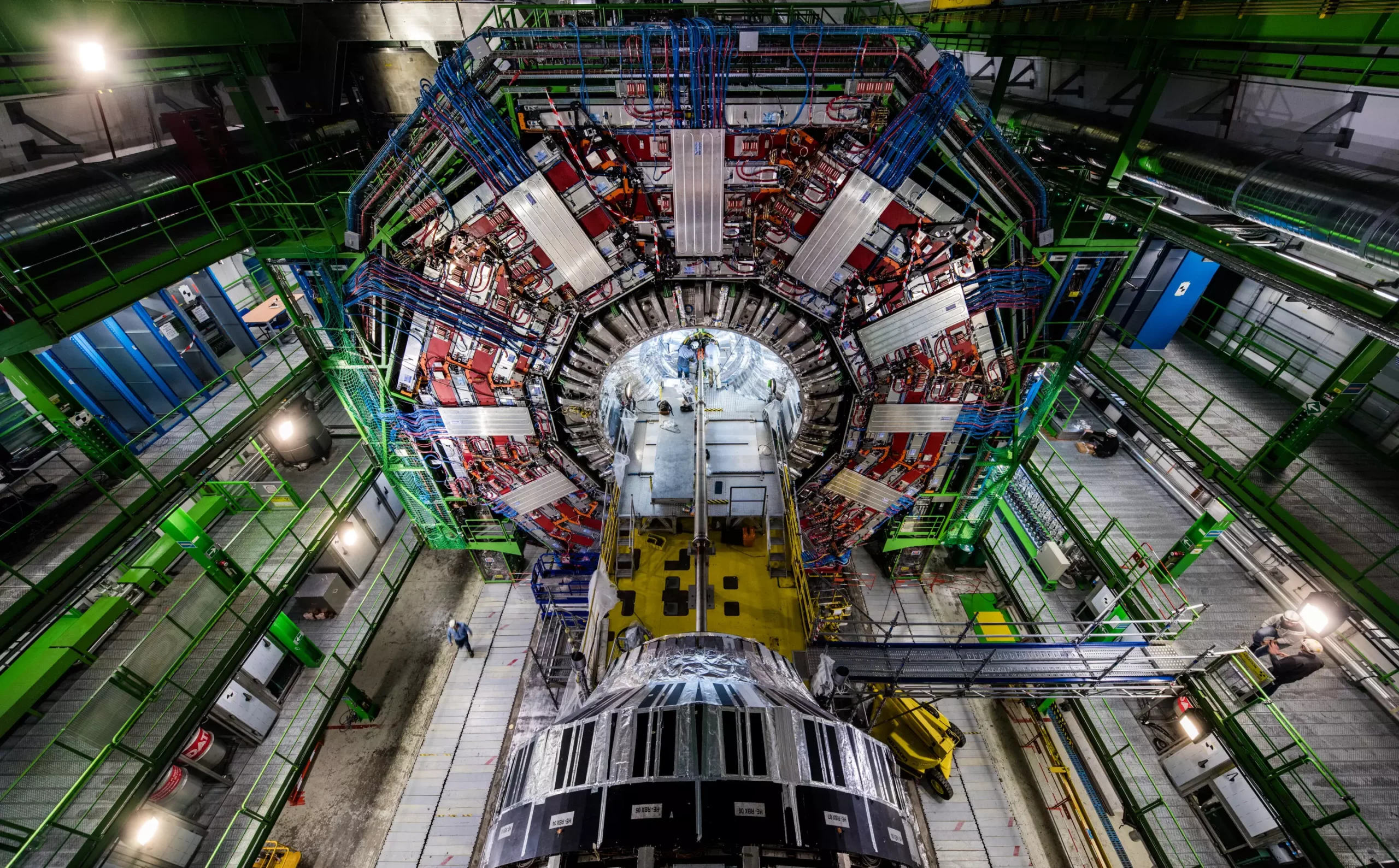In a groundbreaking revelation, physicists partaking in the Compact Muon Solenoid (CMS) experiment at the Large Hadron Collider (LHC) have taken a significant step forward in understanding the W boson’s mass, a fundamental force-carrying particle in the universe. This new discovery, announced after the intriguing measurement by the Collider Detector at Fermilab (CDF) experiment in 2022, represents a monumental leap in the realm of particle physics. The meticulous study uncovered that the mass of the W boson is measured at 80,360.2 ± 9.9 megaelectron volts (MeV), aligning closely with the theoretical predictions of the Standard Model, which posits a mass of 80,357 ± 6 MeV.
The CMS experiment’s findings stem from an exhaustive analysis over nearly a decade, utilizing an extensive dataset of 300 million real events collected during the LHC’s 2016 run while incorporating 4 billion simulated events. By reconstructing and measuring data from over 100 million W bosons, researchers were able to produce the most precise measurement to date of this elusive particle.
Understanding the mass of the W boson is more than just a numerical curiosity; it plays an essential role within the framework of particle physics known as the Standard Model. This model describes the fundamental forces and particles that govern the universe, including the merger of electromagnetism and the weak force—the latter being responsible for processes such as radioactive decay.
Anadi Canepa, deputy spokesperson for the CMS experiment, emphasized the importance of having accurate measurements, suggesting that inconsistencies in the W boson’s mass could point to the existence of new particles or forces yet to be discovered. It’s a precarious balance in the universe, one that underscores the intricate relationships between particles and their interactions.
The CMS measurement exhibits a precision level of 0.01%, a remarkable achievement that is akin to measuring a 4-inch-long pencil with incredible accuracy, creating just a 0.0004-inch margin for error. Given that the W boson is a fundamental particle with no physical dimension, such an accomplishment speaks volumes about the technological advancements and analytical techniques employed by the researchers at the LHC.
Measuring the mass of fundamental particles, especially short-lived ones like the W boson, presents unique challenges. One notable complication comes from the W boson’s decay, which produces a neutrino—an incredibly elusive particle that is notoriously difficult to detect. This situation often leaves physicists working with incomplete data, complicating the analysis process.
To mitigate these challenges, the CMS team used a novel approach that relied heavily on real W boson data instead of relying on the Z boson as a reference, a method that introduces its own uncertainties. Josh Bendavid, a scientist at MIT who contributed to the analysis, noted that the research necessitated the simulation of billions of collisions at the LHC, requiring meticulous attention to minute deformations and calibrations in the detector systems. This integrated approach allowed scientists to address uncertainties that would have otherwise compromised the integrity of their findings.
The CMS’s compact design, along with its advanced sensors for detecting muons and its powerful solenoid magnet, has made it particularly effective for precision mass measurements. As McBride stated, the experimental setup is remarkably well-suited for accurately determining the masses of particles like the W boson.
As researchers digest the implications of this new measurement, there remains a continuum of inquiries to pursue. With the enhanced precision now available to the CMS, physicists can embark on addressing critical measurements involving not only the W boson but also the Z boson and the Higgs boson. This leap in precision opens new doors for exploration, enabling a deeper understanding of fundamental particle interactions and the forces that shape our universe.
Elisabetta Manca, a researcher at UCLA, remarked on the ambitious nature of modern physics experiments, emphasizing the importance of continual recalibration and data analysis in the quest for precision. The combination of large datasets, theoretical advancements, and innovative analytical frameworks derived from this project reflects a collaborative effort among physicists across the globe, each contributing a piece to the intricate puzzle of particle physics.
Ultimately, as researchers continue to build on the foundation established by prior experiments like those at Fermilab, it is clear that the implications of the W boson’s mass extend far beyond a solitary measurement. They hold the potential to redefine our understanding of the universe and uncover the hidden complexities underlying its architecture. The ongoing pursuit of precision in particle physics promises an exciting future full of discovery.


Leave a Reply